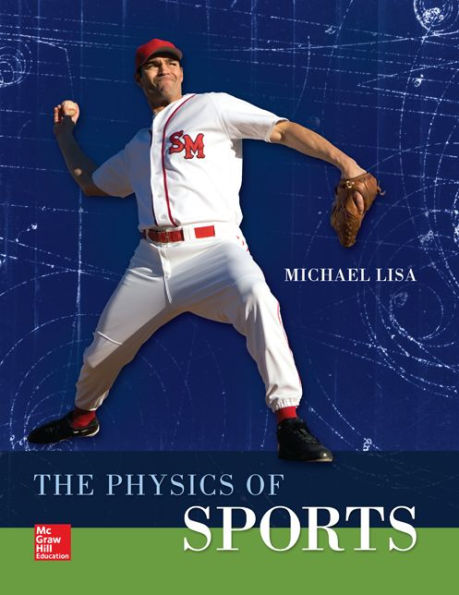There is a large and growing number of excellent books on physics and sports. While these books are well written, educational, and often entertaining, they are simply not textbooks. Physics concepts such as: force, velocity, and torque, come into the discussion. Interesting facts are given, and occasionally a formula is applied. However, the focus is typically on conveying interesting physics related facts about a particular sport, rather than developing a general appreciation and facility for scientific reasoning. The Physics of Sports is intended as a textbook for a 1 semester or a 1-2 quarter undergraduate course, for students - not necessarily intending to major in Physical Science, Engineering, or a related field. With this course, it is hoped that a student's natural interest in athletics and the direct relevance to concrete material will bridge the gap for students, turned off by the seemingly abstract stuff covered in many undergraduate physics courses. The discussion being completely centered around real life examples, allows students to understand sports by talking about Physics.
McGraw-Hill's Connect, is also available as an optional, add on item. Connect is the only integrated learning system that empowers students by continuously adapting to deliver precisely what they need, when they need it, how they need it, so that class time is more effective. Connect allows the professor to assign homework, quizzes, and tests easily and automatically grades and records the scores of the student's work. Problems are randomized to prevent sharing of answers an may also have a "multi-step solution" which helps move the students' learning along if they experience difficulty.
There is a large and growing number of excellent books on physics and sports. While these books are well written, educational, and often entertaining, they are simply not textbooks. Physics concepts such as: force, velocity, and torque, come into the discussion. Interesting facts are given, and occasionally a formula is applied. However, the focus is typically on conveying interesting physics related facts about a particular sport, rather than developing a general appreciation and facility for scientific reasoning. The Physics of Sports is intended as a textbook for a 1 semester or a 1-2 quarter undergraduate course, for students - not necessarily intending to major in Physical Science, Engineering, or a related field. With this course, it is hoped that a student's natural interest in athletics and the direct relevance to concrete material will bridge the gap for students, turned off by the seemingly abstract stuff covered in many undergraduate physics courses. The discussion being completely centered around real life examples, allows students to understand sports by talking about Physics.
McGraw-Hill's Connect, is also available as an optional, add on item. Connect is the only integrated learning system that empowers students by continuously adapting to deliver precisely what they need, when they need it, how they need it, so that class time is more effective. Connect allows the professor to assign homework, quizzes, and tests easily and automatically grades and records the scores of the student's work. Problems are randomized to prevent sharing of answers an may also have a "multi-step solution" which helps move the students' learning along if they experience difficulty.

CREATE ONLY The Physics of Sports
288
CREATE ONLY The Physics of Sports
288Paperback(New Edition)

Product Details
| ISBN-13: | 9780073513973 |
|---|---|
| Publisher: | McGraw Hill LLC |
| Publication date: | 02/20/2015 |
| Edition description: | New Edition |
| Pages: | 288 |
| Product dimensions: | 8.50(w) x 10.80(h) x 0.60(d) |
| Age Range: | 18 Years |
